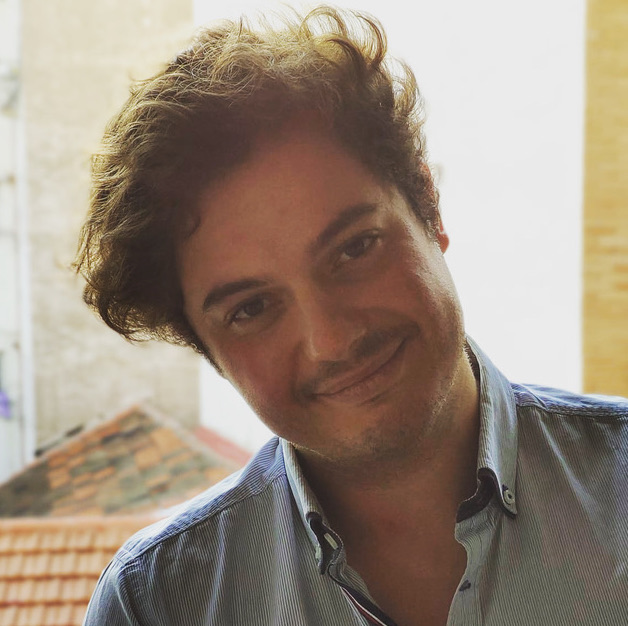University Professors Are
Also Researchers - 2024
Disclaimer: This text has been translated with the assistance of ChatGPT, from its original version in Spanish
This stage could be considered my first experience as a university professor since, in September 2023, I returned to my hometown, Santiago de Compostela, and its namesake and ancient university, to join as an Assistant Professor (Profesor Ayudante Doctor in Spanish). Since then, I have often found myself, more times than I’d like, in a conversation I don’t particularly enjoy. In it, someone, let’s call them X, asks me what I do for a living, and I reply that I am a university professor. Automatically, 50% of people like X respond: "Oh! Wonderful, so you have three months of vacation." The other 50% tend to say something like, "And if you’re not teaching, what do you do?" I am starting this annual blog series mainly for myself—I don’t know if anyone will ever read this—but mostly to remind myself of all that I do in terms of research.
Events/Travel
We started in February 2024 with my first visit to Dagstuhl, Germany, where I was part of the organizing committee for the seminar "Are Knowledge Graphs Ready for the Real World? Challenges and Perspective". About 50 researchers from around the world gathered for a whole week, working in groups to define the challenges in our field of study for the coming years. The report can be read here.
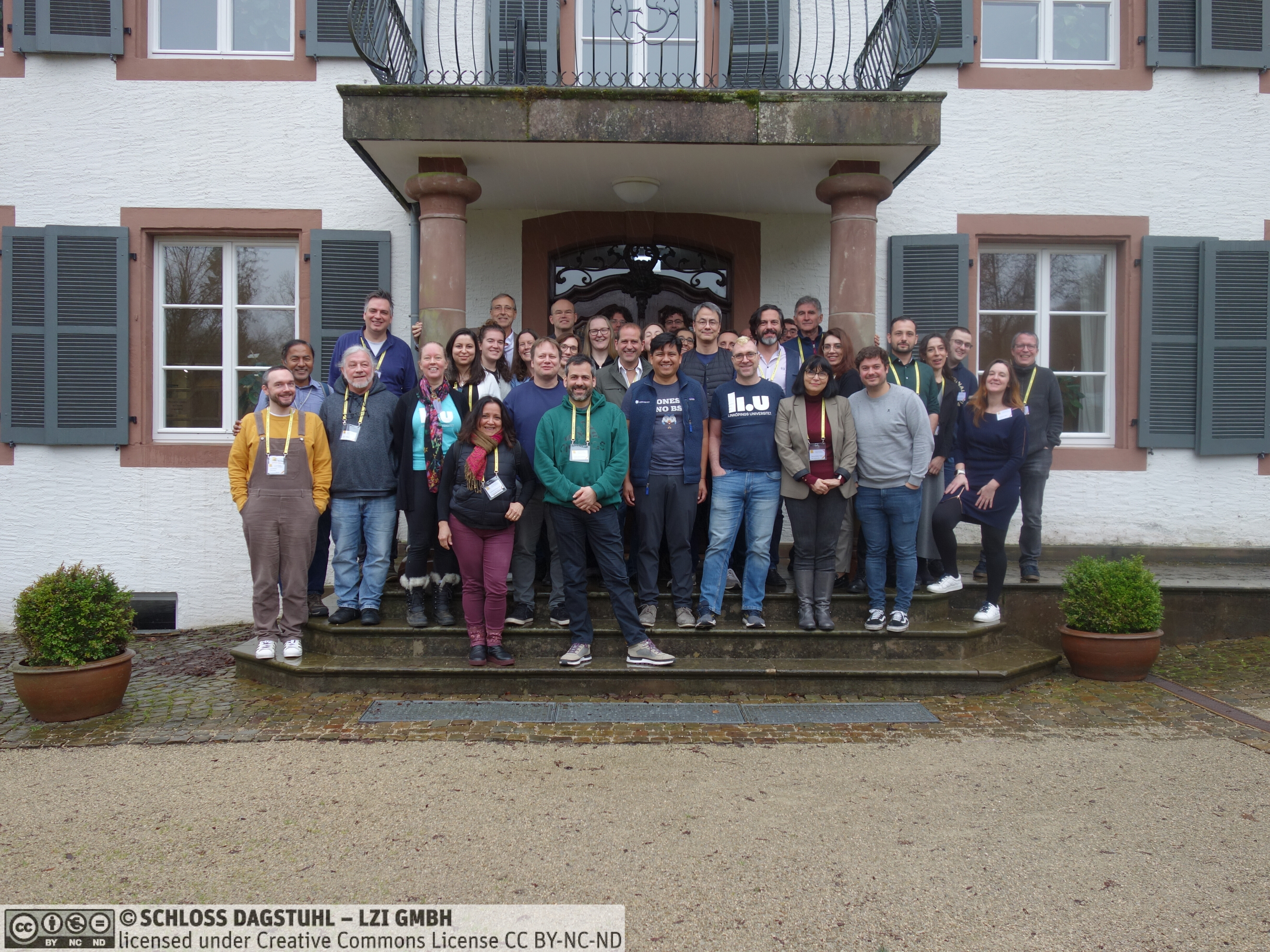
Honestly, from the return from Dagstuhl to the now traditional trip to Crete for ESWC, the first year of teaching and the completion of the PPDS project consumed me entirely, complicating research work. Even so, thanks to the collaboration of many around me, I managed to arrive at the Extended Semantic Web Conference 2024 with a paper in the main conference (together with Xuemin Duan and Anastasia Dimou from DTAI-KULeuven, Belgium). I finally managed to publish in the main track, presenting SCOOP, a tool capable of extracting and combining data constraints for KGs. Moreover, the collaboration with Romana Pernisch and Lise Stork from VU Amsterdam, together with Maria Poveda from UPM and Diego Conde, a doctoral student from the same university whose thesis I co-supervise, began to bear fruit. We presented a preliminary version of a methodology for knowledge graph construction in poster format (LOT4KG). I also participated in two demos: RMLDoc and SCOOP-UI (an extension of the main conference paper). However, what I still enjoy most about this conference is hosting our workshop, the one for our community: the Knowledge Graph Construction Workshop. In its fifth edition, we invested great effort and many hours to attract good papers, presentations, and demos, as well as organize the second edition of the KGC challenge. If you'd like to know more, I invite you to read the LinkedIn post I left.
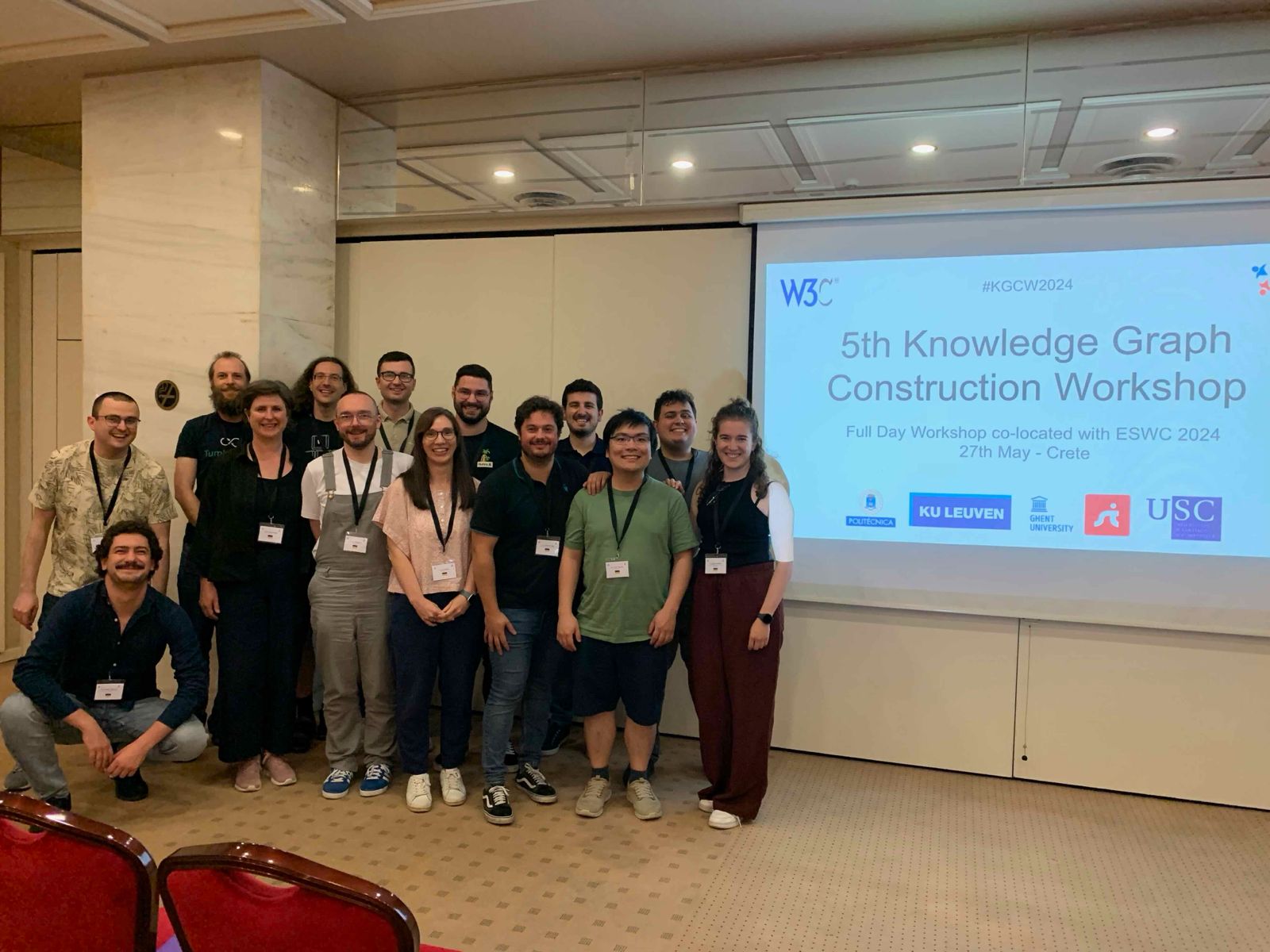
In July, I visited the Scientific Data Management Group in Hannover, Germany, invited by its coordinator, Maria-Esther Vidal. I had the opportunity to give a talk to the group members on the challenges associated with the evolution of knowledge graphs and their management in large projects like the PPDS. It was a very enriching week during which I also delved into hybrid approaches combining KGs, LLMs, and graph embeddings to tackle particularly complex tasks in the medical domain. Personally, it was an emotional return, five years after having completed my doctoral stay there, which transformed my vision of what it means to do research.
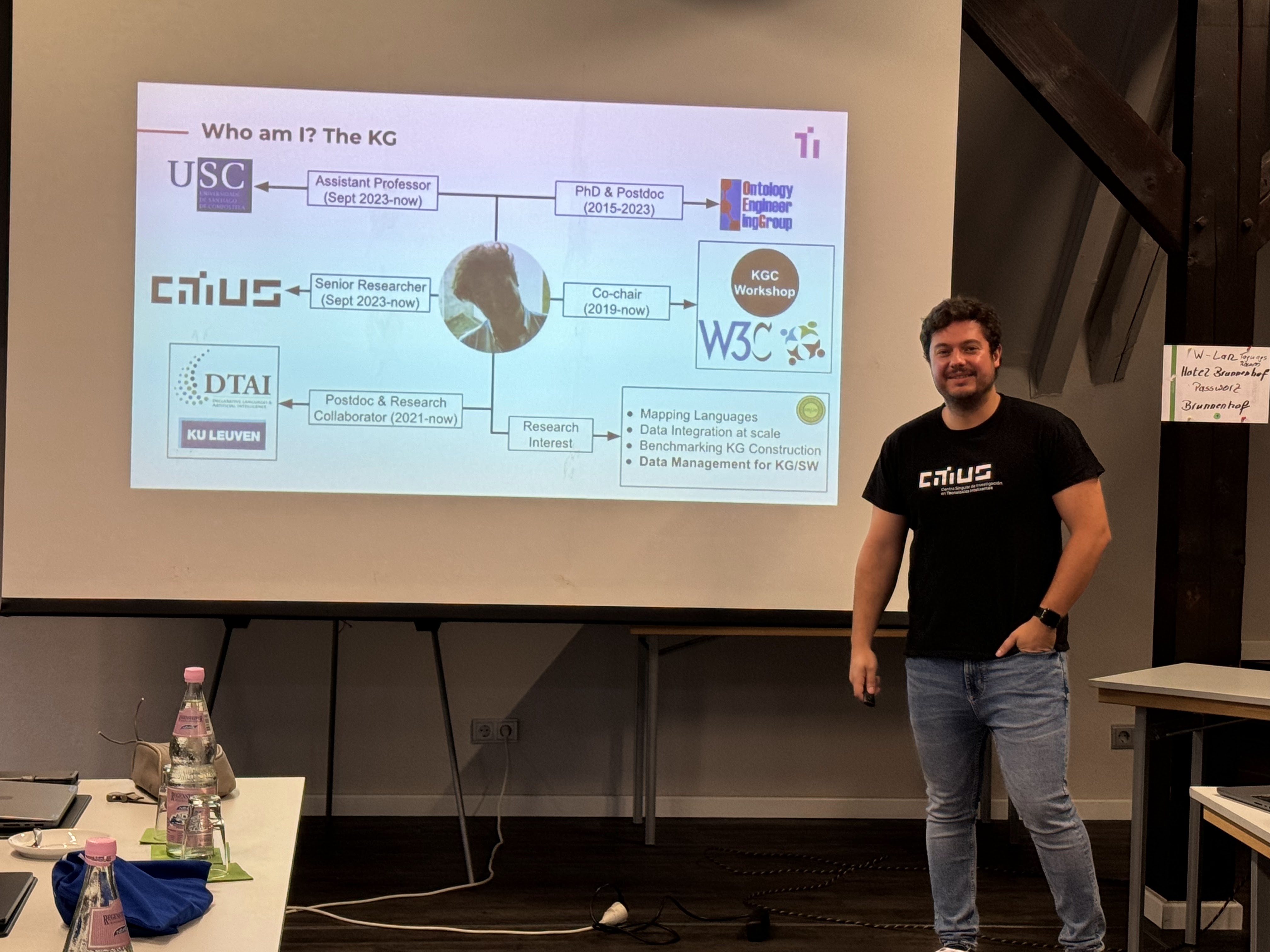
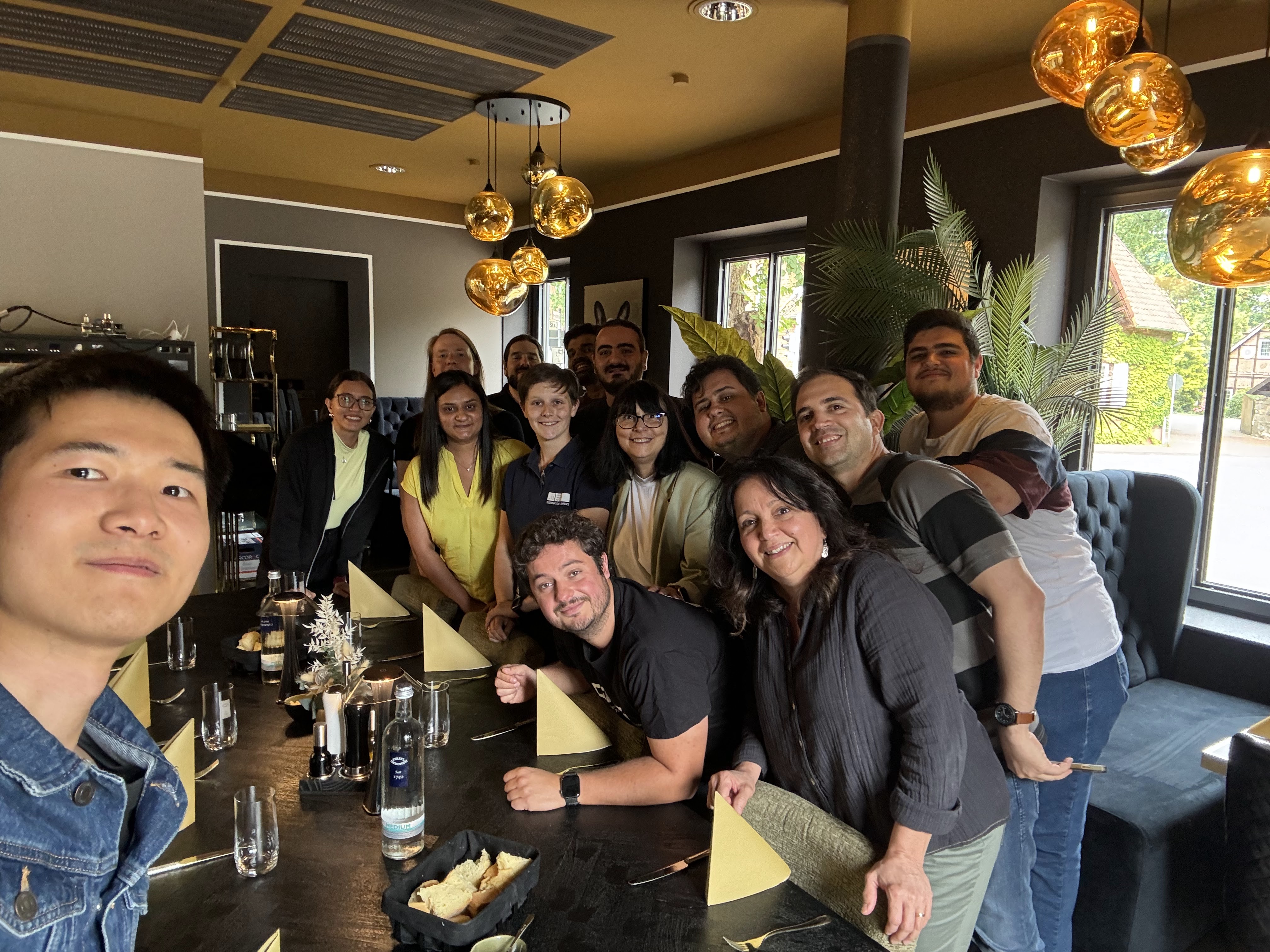
Perhaps this section comes a bit late in the year's summary, but chronologically, in October, we hosted the European Congress of Artificial Intelligence (ECAI) in Santiago, which brought together over 1,500 attendees from around the world. Together with Nicolas Vila and Marta Núñez, I coordinated the volunteer team, consisting of nearly 60 people. The weeks leading up to the event were intense, and the six days of the congress turned out to be outright frenetic. Additionally, I had the opportunity to deliver a tutorial on knowledge graph construction alongside my colleague Ana Iglesias from UPM, which was attended by more than 20 participants.


Finally, the event that is usually the most significant, academically speaking, for members of the Semantic Web community arrived: the International Semantic Web Conference (ISWC). Although I didn’t travel to Baltimore this year, we had an article accepted in the main conference track, co-authored with Dylan Van Assche and Anastasia Dimou. We presented KROWN, a new benchmark for materializing graphs in RDF, which includes various scenarios and configurations. This benchmark was used in the Knowledge Graph Construction challenges of 2023 and 2024. To our surprise, the article was nominated for the Best Paper Award in the Resources track. Finally, and for the second year in a row (as had happened with the RML Ontology paper in 2023 at the same conference), the award went to another work. Additionally, I co-organized the workshop on Software Lifecycle Management for Knowledge Graphs, which emerged from discussions we had earlier in the year at Dagstuhl.
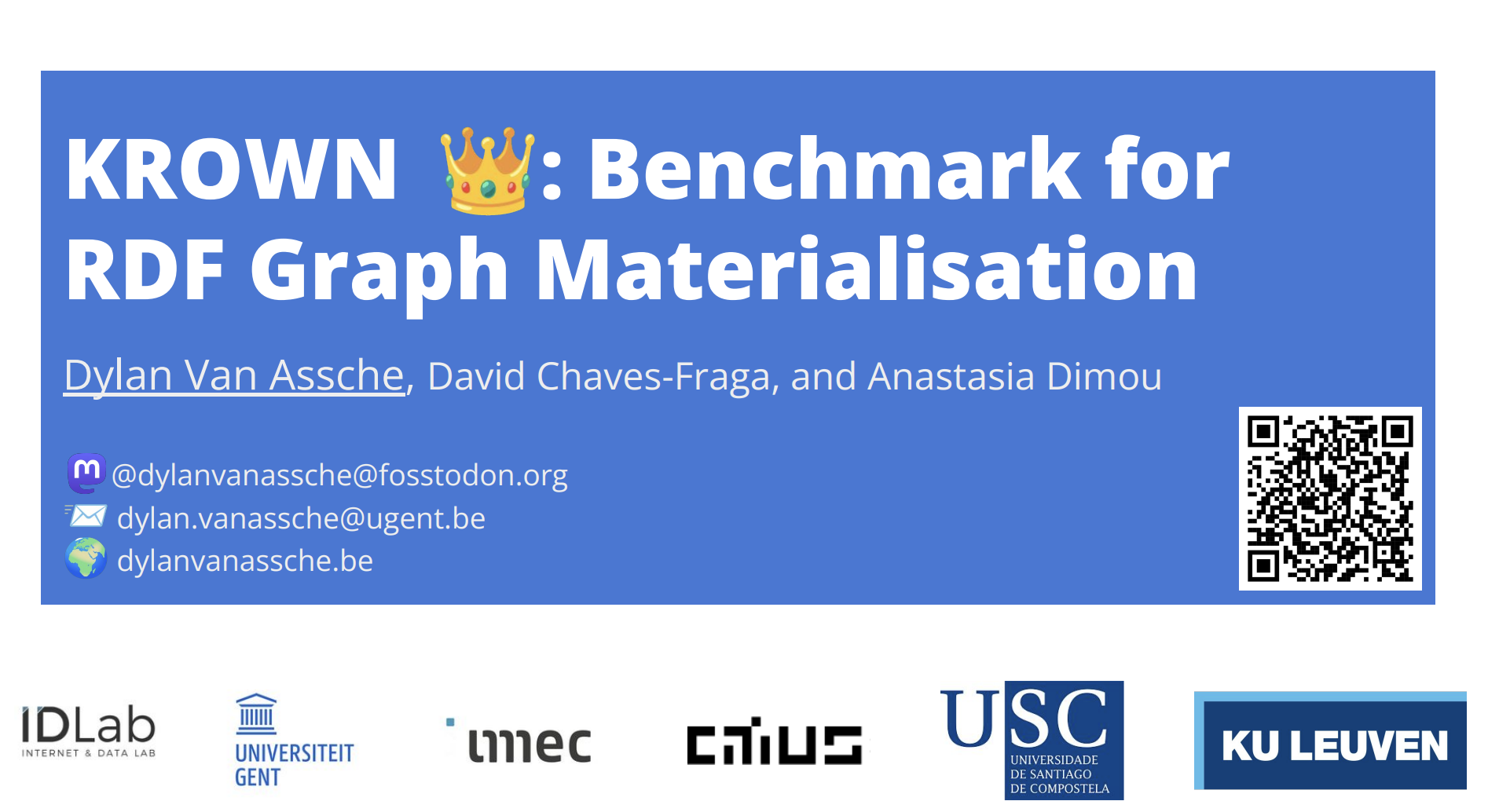
W3C Community Group - KG Construction
Although it seems like an endless story, the fifth year of work in the knowledge graph community has had a significant impact. A major effort was made at the beginning of the year to implement the agreements reached in December 2023 during the annual meeting, which I organized in Santiago de Compostela. The primary focus was on developing test cases for all the specifications, which were later used in the conformance track of the challenge. In the second half of the year, efforts were concentrated on fine-tuning some aspects that still needed work in the more mature specifications (CC, FNML, Star, or I/O) and the development of RML-Views. We closed the year with our annual meeting in Ghent.
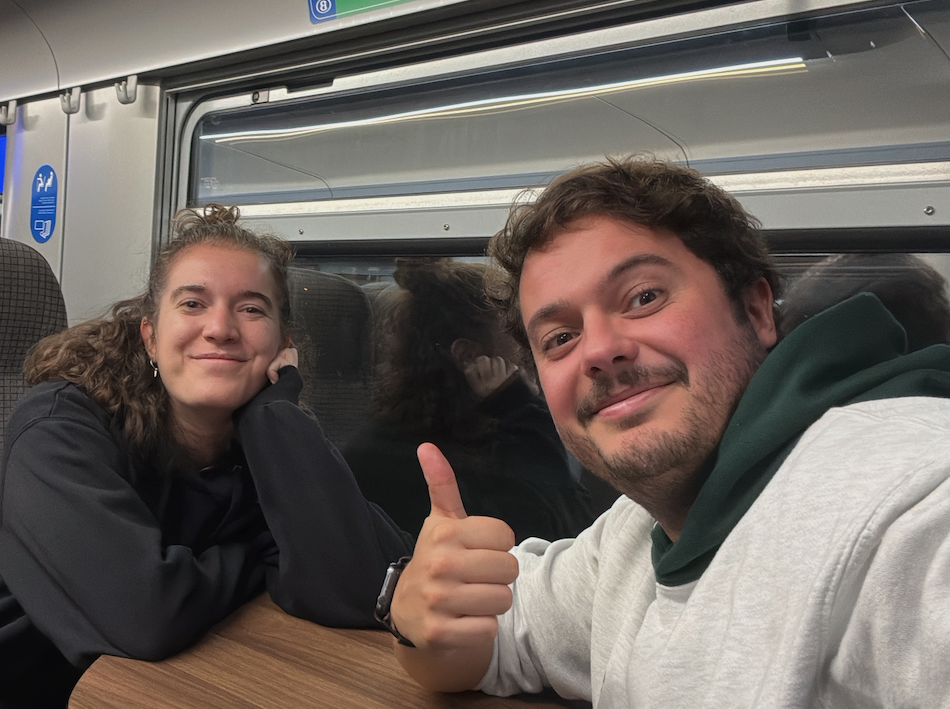
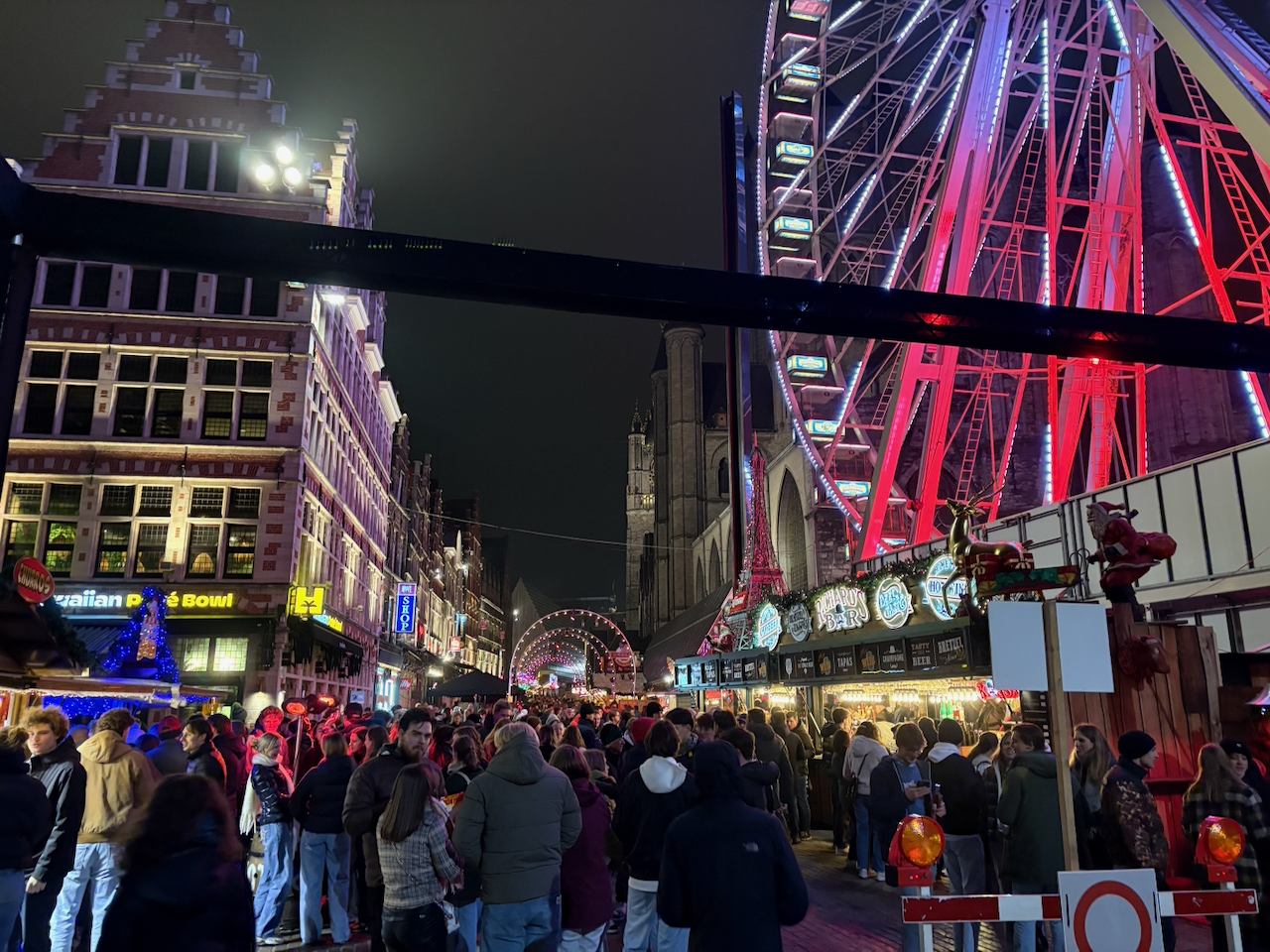
Miscellaneous
Finally, we had two journal articles accepted in the Semantic Web Journal. The first one focused on extending Morph-KGC to generate RDF-star graphs, and the second presented a set of new optimizations implemented in the SDM-RDFizer. As of today, both are still in Pre-Press... Additionally, I co-edit the special issue on knowledge graph construction in the same journal, where we've received about 15 articles for review.
I was very happy to see two people I have had the pleasure of collaborating with over many years defend their doctoral theses this year. Ana Iglesias, supervised by Oscar Corcho, presented her thesis at UPM on November 6, receiving an outstanding grade. Meanwhile, Dylan Van Assche, supervised by Pieter Colpaert and Anastasia Dimou, did his private defense on October 9 and his public defense on November 29 at Ghent University. I had the honor of being part of the committee for his defense.
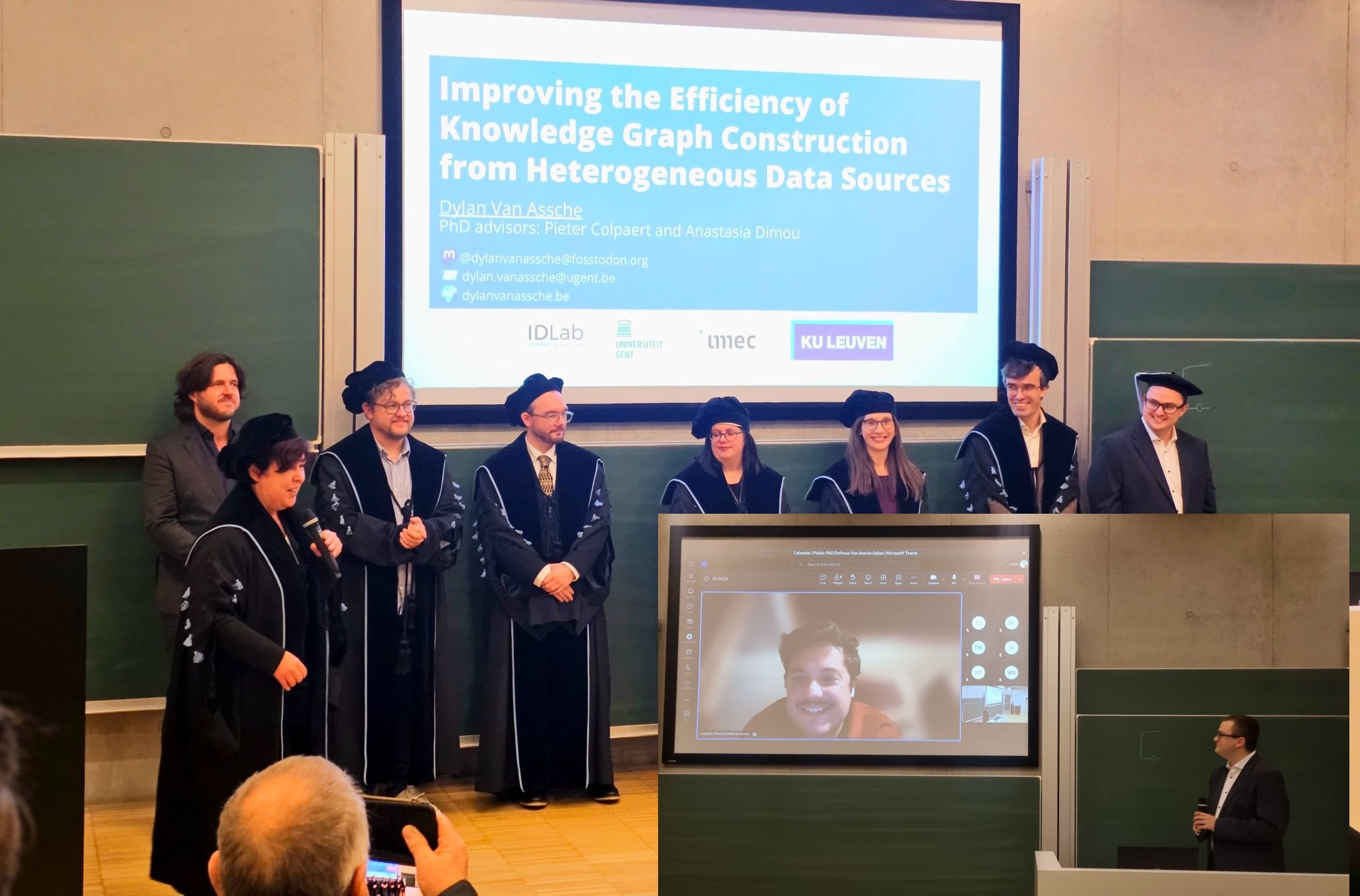
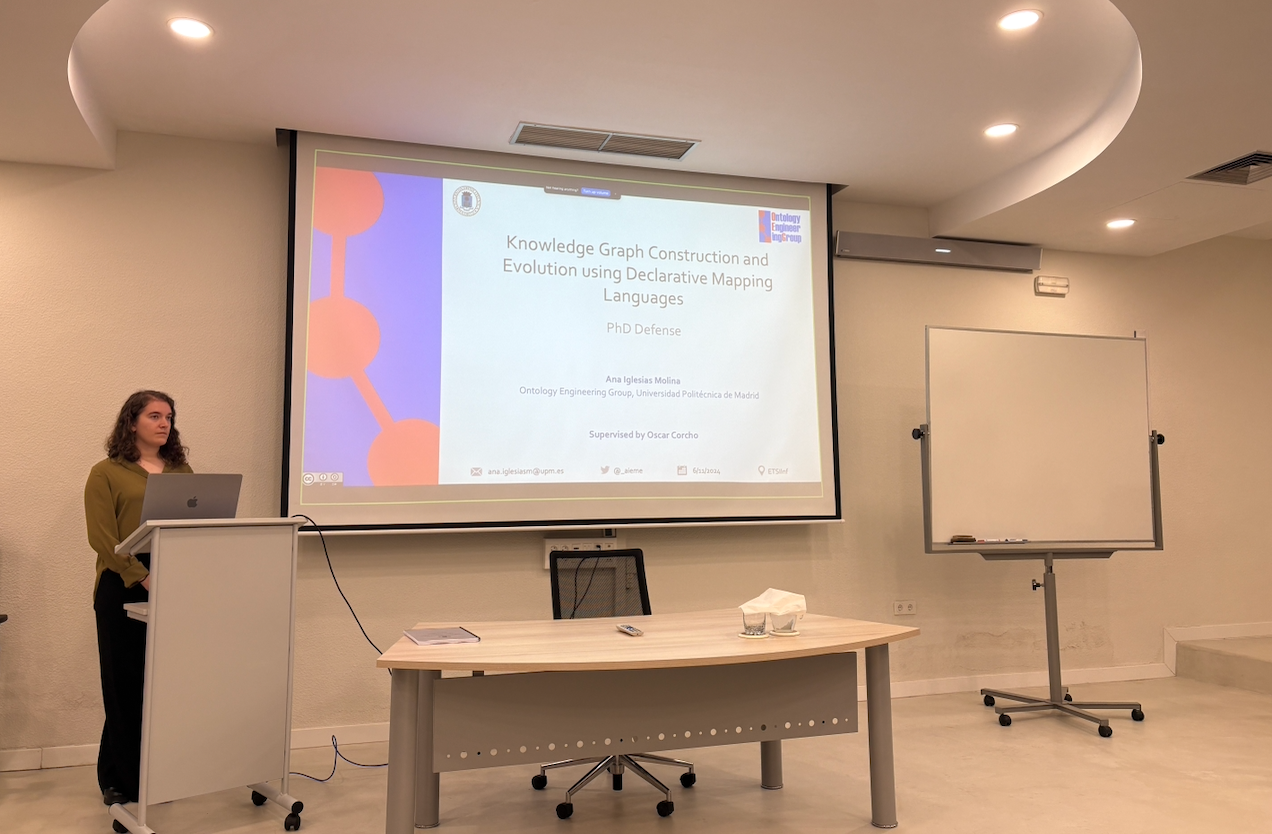
By the end of 2024, we have started a project at CiTIUS with Naevia Medical, a company that develops a decision support product for medical professionals. In this first pilot phase, which will last throughout 2025, we are going to build a knowledge graph and, with the help of large language models, we aim to improve many of the natural language processing tasks that are currently done manually. I am confident that this project will yield some very interesting research.
What are the objectives for 2025?
The objectives or wishes for 2025 are quite continuous, although there are a few aimed at opening up to new horizons with the idea of expanding the application of KGs in areas beyond pure data management:
